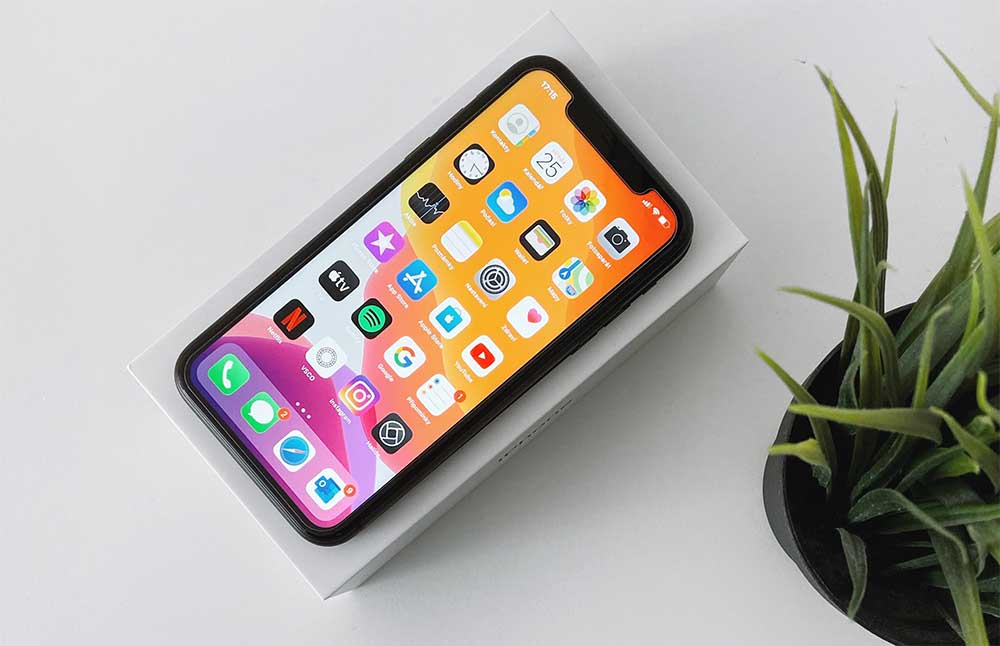Despite concerns ranging from health risks to espionage, the fifth-generation technology for mobile connectivity (5G) has prompted a global adoption race—and there is no going back. Contrary to conspiracy theories, it is a necessary and positive step toward a fully digital economy.
In Canada, the three biggest telecom companies have joined the race and announced 5G deployment in Vancouver, Toronto, Ottawa, and Montreal.
What Luddites need to understand is that 5G is not just about faster internet on smartphones. Like its predecessor 4G, which made possible the rise of the app economy with billion-dollar startups, 5G could enable US$13.2 trillion annually worth of goods and services by 2035.
It has the potential to leapfrog societies into more sophisticated business models and multiply jobs. If 4G made Uber possible, unseating a deeply rooted monopoly, 5G will take technological disruption to the next level.
Endless Possibilities
5G technology is needed to handle growing global data traffic. It is the result of more than a decade of multi-party investment and efforts in research and development. A key motivation was to solve the “last-mile” problem: the delivery of signal from service providers to users. Wiring being too expensive and rivalrous for competing firms, transmission had to be wireless.
Qualcomm, one of the firms behind 5G’s development, estimates the 5G economy will support around 22 million jobs and produce $3.6 trillion value added in 2035. That year, Qualcomm expects 5G’s total contribution to real GDP growth to be $2.1 trillion, the equivalent of Italy’s economy.
Connection speeds will jump a hundredfold, bringing down a seven-minute download with 4G to just 10 seconds with 5G. Latency—the time a signal takes to go from its source to the network and back—will drop to almost zero. That means flawless high-definition concerts, sports, conferences, and gaming streaming.
Moreover, 5G’s superior energy efficiency means less battery consumption—and not just in phones. Since we will be able to connect to a myriad of machines such as appliances, wearables, cars, and medical devices, this will be a boon for Internet of Things (IoT) industries.
As the internet frontier expands, more IoT applications will bring so-called smart homes, cities, and schools within the reach of common citizens, not just the wealthy. The 68 billion IoT devices estimated to exist by 2026 will require manufacturers, technicians, developers, and customer-service jobs.
Privacy, Not Health, the Pressing Concern
Online, suspicions about 5G seem to be spreading faster than COVID-19, leading to offline consequences. In May, two cell towers were set on fire in Montreal and four in Quebec. Similar vandalism is happening across the world, giving telecoms and cities pause about rolling out the technology.
The 5G infrastructure is complex and requires a costly transition. Carriers are updating their equipment and installing tons of cell sites—about the size of a pizza box—in closer proximity to one another.
Politicians and celebrities who should know better are peddling the unsupported claims that 5G is bad for human health and is somehow linked to the coronavirus. Neither is true. As the Atlantic staff writer Kaitlyn Tiffany summarized in her overview of the scientific evidence: “We have been placing antennae on our bodies and next to our heads almost 24 hours a day for two decades, and the world has not seen an epidemic of brain cancer.”
That these fears persist in the face of readily available information suggest investment should go into improving communication with the wider public and engaging with critics.
However, a legitimate concern has to do with privacy. With 5G, governments and companies could potentially access far more information from citizens and consumers as their daily lives become inextricably tied to 5G devices. The fact that Huawei, a firm with ties to the Chinese Communist regime, is the world’s leading provider of 5G equipment has also fueled fears of industrial and political espionage.
Canada, the United States, and the European Union, to name a few, have either barred or limited Huawei’s role in 5G upgrading. Telecoms in other countries should follow the lead of Bell, Telus, and Rogers. They have instead contracted Finnish equipment suppliers Ericsson and Nokia to deploy 5G in Canada.
Forgetting the Forest for the Trees
We cannot let fear stop progress when the benefits so outweigh the risks. Road accidents kill thousands every year, yet we keep driving cars. They are much safer nowadays thanks to research and development efforts that lead to life-saving technology.
Now, 5G is on the path to making automated vehicles a reality. Cars will be able to receive information from nearby vehicles, cameras, traffic lights, and sensors to prevent road collisions and accidents.
The potential is so great we can envision just a fraction of all the applications. Remote surgeries and therapies will likely drive down costs and connect patients with the best specialists. In the public sector, municipalities will be able to respond more efficiently with sensors providing real-time information about weather, energy, floods, and traffic.
Technology has been one of the most powerful forces in history. We often forget that a pocket device, in a handful of years, has brought people, money, and ideas together like nothing before. Let us be vigilant, but let us not lose sight of the immense prosperity ahead of us.
Paz Gomez is a research associate with the Frontier Centre for Public Policy.



